In Defense of Powerscaling
Why some stories need it
The word powerscaling probably brings to mind images of heated and often toxic online debates, with fans attempting to prove why their favorite characters are stronger, by hook or by crook. I do indulge in it from time to time, but I acknowledge that it can often get incredibly toxic.
That being said, there are certain types of stories that powerscaling is vital to. These are the type of stories that heavily use, or sometimes rely entirely on, action to drive the plot. These can include epic fantasy series like The Wheel of Time and The Stormlight Archive, action films like John Wick and The Raid, and battle manga like Jujutsu Kaisen and Dragon Ball Z.
When I say ‘powerscaling’ in this context, I’m not trying to calculate how many mountains a character can blow up, or whether or not Saitama beats Goku. I’m using the term to denote how powerful/skilled/dangerous a character is in relation to other characters in the story. In stories which heavily use action to drive their plot, knowing how powerful the characters fighting are — which one is stronger and by how much — is important in order to generate tension.
Let’s use Dragon Ball Z as an example, since its fans are the most infamous for their biased and toxic powerscaling community. The series always does a good job explaining which of its characters has the upper hand at any moment in a fight, initially through scouters and power levels, then through transformations. This generates tension and raises the stakes.
It is important to not that power levels are not the be-all-end-all. In fact, Toriyama established them just to show how stupid the bad guys were for relying on them to determine who was truly stronger. Characters like Raditz, Vegeta, Buu, and even Jiren have lost to people who had lower power levels than them. It’s pretty funny that the fanbase didn’t get the memo though.
This excellent video by Squampopulous demonstrates how powerscaling is important in fights. It categorizes fights into four categories depending on the power of the respective parties. Here, I’m going to use examples from Dragon Ball to explore each of these categories.
Flyswatting: Frieza vs the Z Warriors
Flyswatting is the type of fight where the winning party is overwhelmingly more powerful than the losing party. This type of fight serves two purposes; it establishes the power of the winning party and it tells us something about their personality.
Take Frieza’s extended battle with Vegeta, Gohan, Piccolo and Krillin on Namek. It established him as a force beyond anything our heroes had ever gone up against. Every time they seemed to gain the upper hand against him, he simply powered up again. This also established his cruel personality. The Dragon Balls were defunct, and he had no more business with the planet. He could simply have killed them in five seconds and left it at that. Instead, he chose to toy with them, letting them power up and revealing his final form even though there was no need for him to.
David vs Goliath: Goku vs Vegeta Round 1
A David vs Goliath is the type of fight where the winning party is significantly weaker than the losing party. This is arguably the most difficult type of fight to write, without it feeling like a cheap cop-out where the victor depends on the plot, rather than the characters themselves. In order to make the weaker party win believably, they must employ strategy.
When Goku first fought Vegeta during the Saiyan Saga, Vegeta was stronger than him. It was only using his superior techniques and strategies, as well as the help of his friends, that allowed him to win. His usage of the Kaio-ken and the Spirit Bomb, Yajirobe’s sneak attack, and Gohan’s surprise Oozaru transformation were all integral in his victory.
Toss-Up: Goku vs Vegeta Round 2
This is the kind of fight you see most often in stories — where both fighters are on a roughly on an equal footing, and either one of them could believably win the fight. That being said, the winner can’t be decided by random chance. There needs to be a determining factor for who wins the fight. This can either be in the form of characterization, or stategy.
Goku and Vegeta’s second fight happens when they both have achieved Super Saiyan 2. Well, Goku has Super Saiyan 3, but we don’t know that. As far as we’re concerned, they are both on an equal footing. The winner is determined by the personalities of both these characters. Goku takes pity on Vegeta, empathizing with his mid-life crisis. He doesn’t use Super Saiyan 3, instead choosing to fight him as an equal. Vegeta shares no such qualms, beating Goku using a sneak attack.
World Cup: Goku vs Jiren
A World Cup is similar to a toss-up, but with much higher stakes. It’s not necessarily the final battle of the story, but it is the one with the most hype. Think Gojo vs Sukuna, Kaladin vs Szeth, Bruce Lee vs Chuck Norris. That kind of fight.
Goku’s fights with Jiren were very much Flyswatting. The latter was easily his most formidable foe to date, one that power, strategy and teamwork all failed against. Then he gained Ultra Instinct, which gave Goku a fighting chance. World Cup fights reflect the themes of their stories. Goku won because he had the physical and moral support of his friends. Jiren lost because he rejected the concept of friendship. Not a very original format, but it worked well in this fight scene.
Conclusion
Stories that rely on fights to build tension need powerscaling to maintain that tension. Determining the relative levels of the characters in conflict creates stakes. The four types of fights given above show how, if done correctly, fight scenes can use powerscaling to add to the story, enhance the characters, and explore the themes.
Also, Goku beats Saitama. If you disagree, feel free to argue with me in the comments.


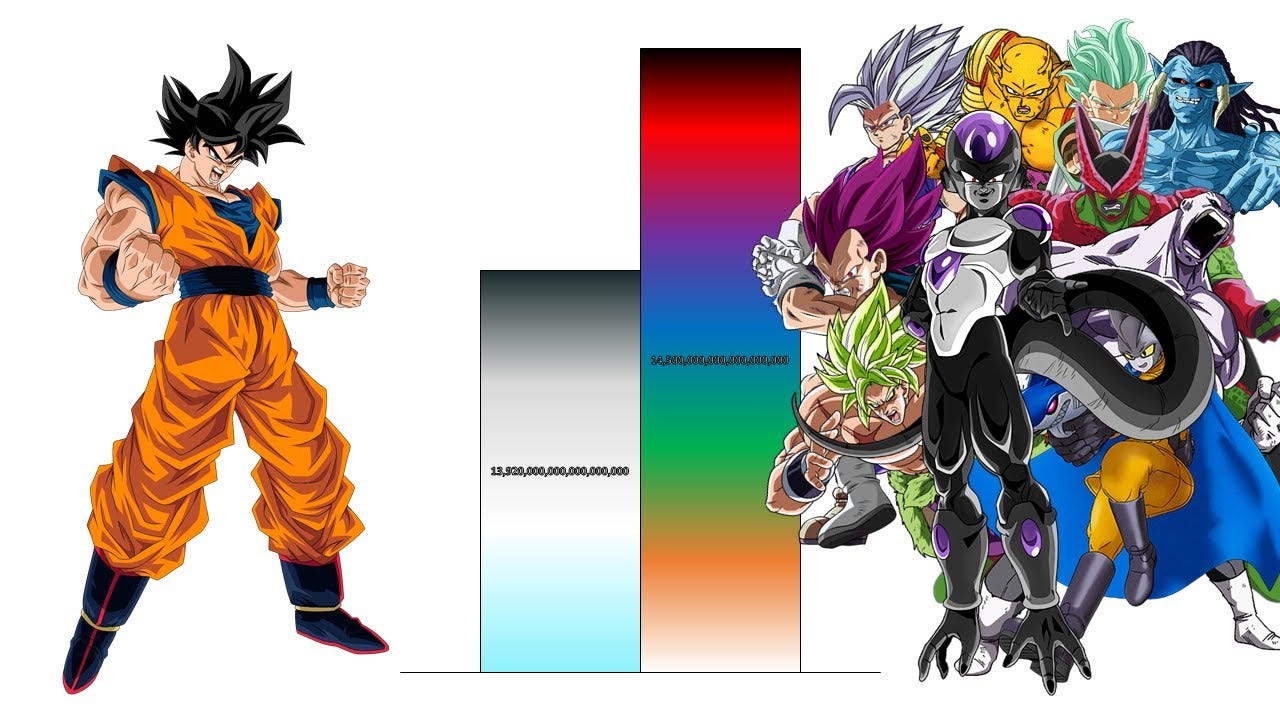
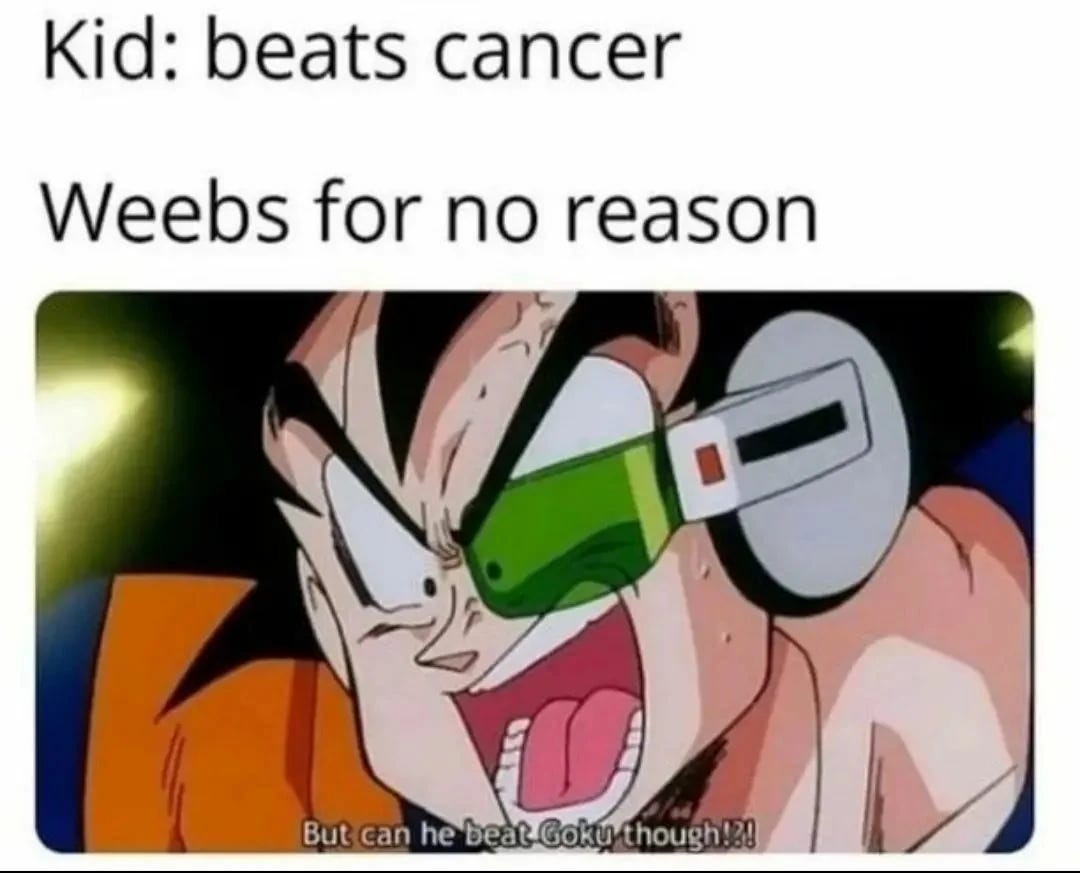
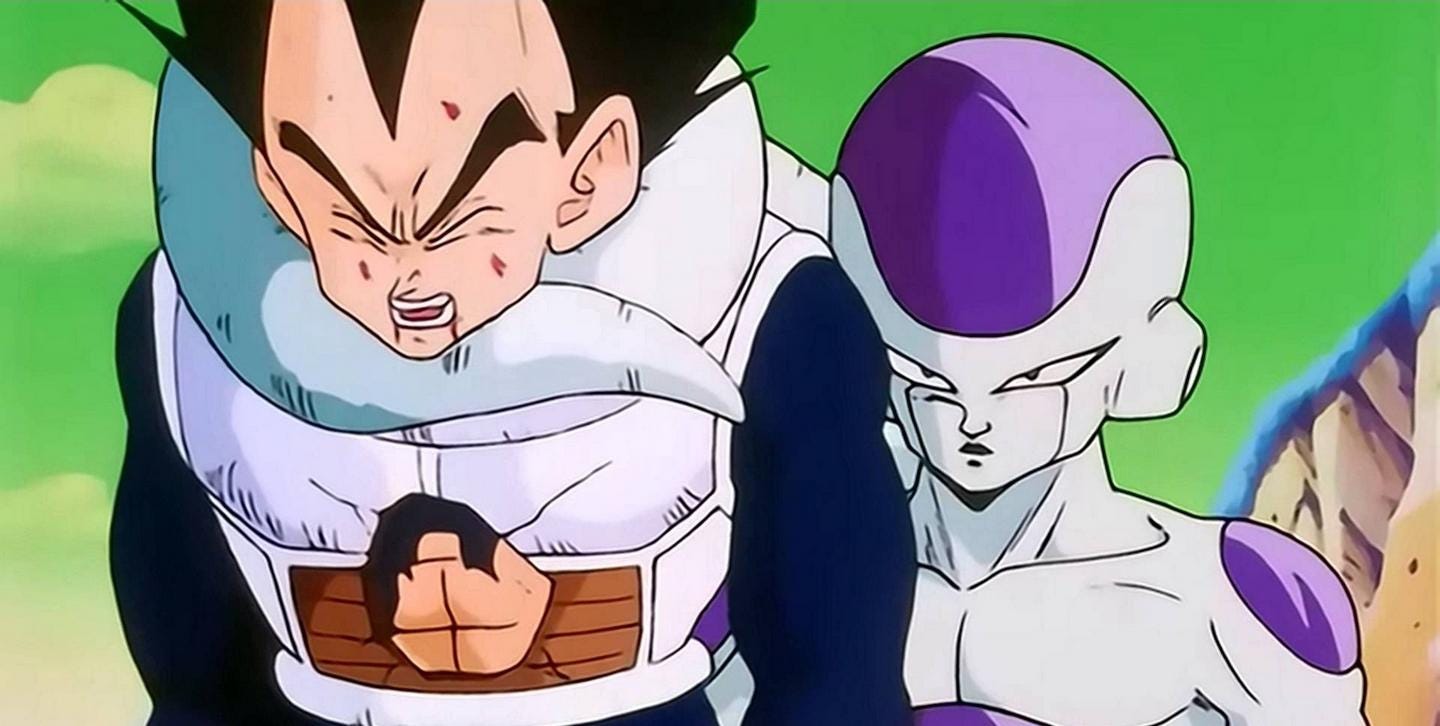
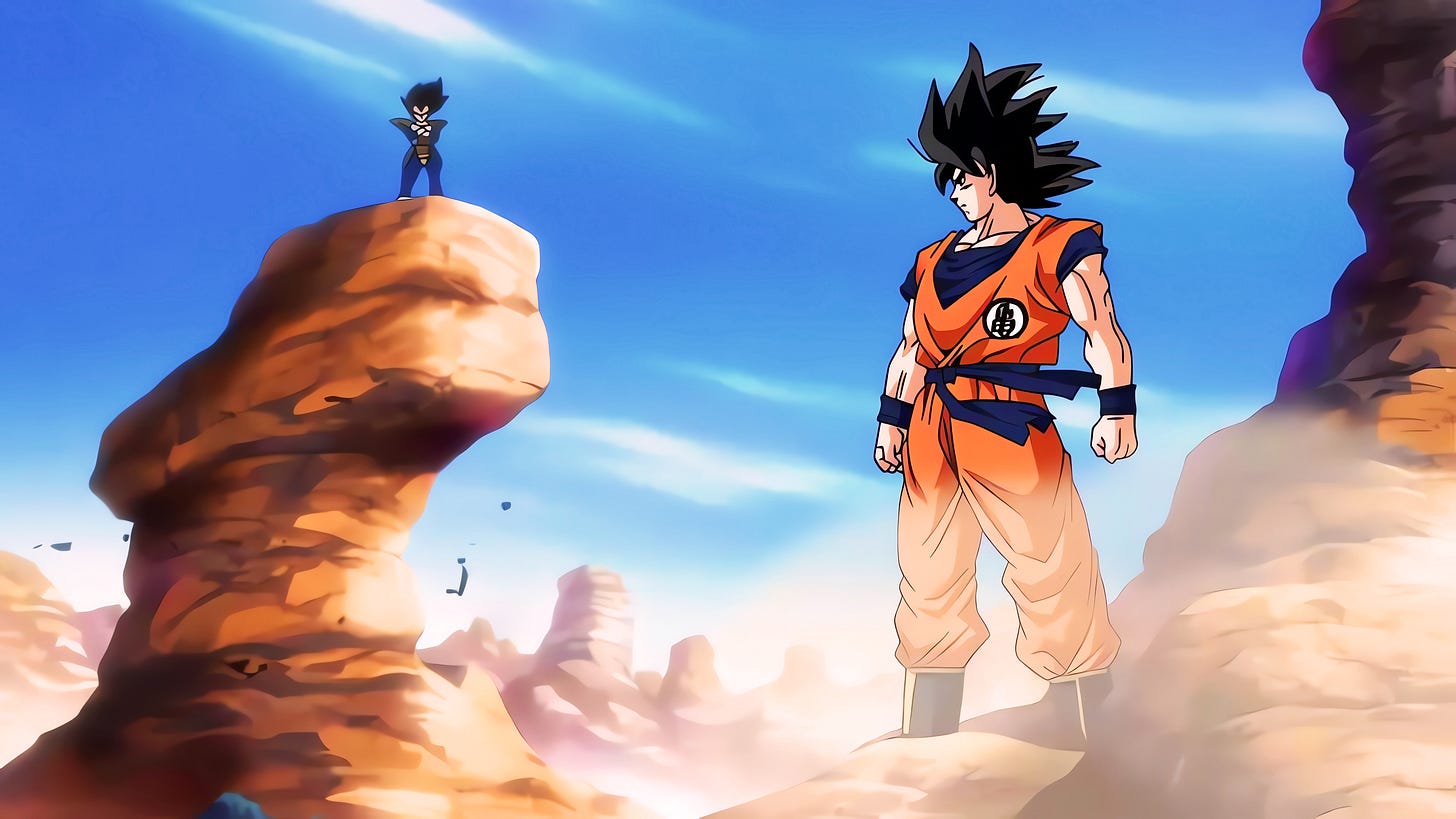
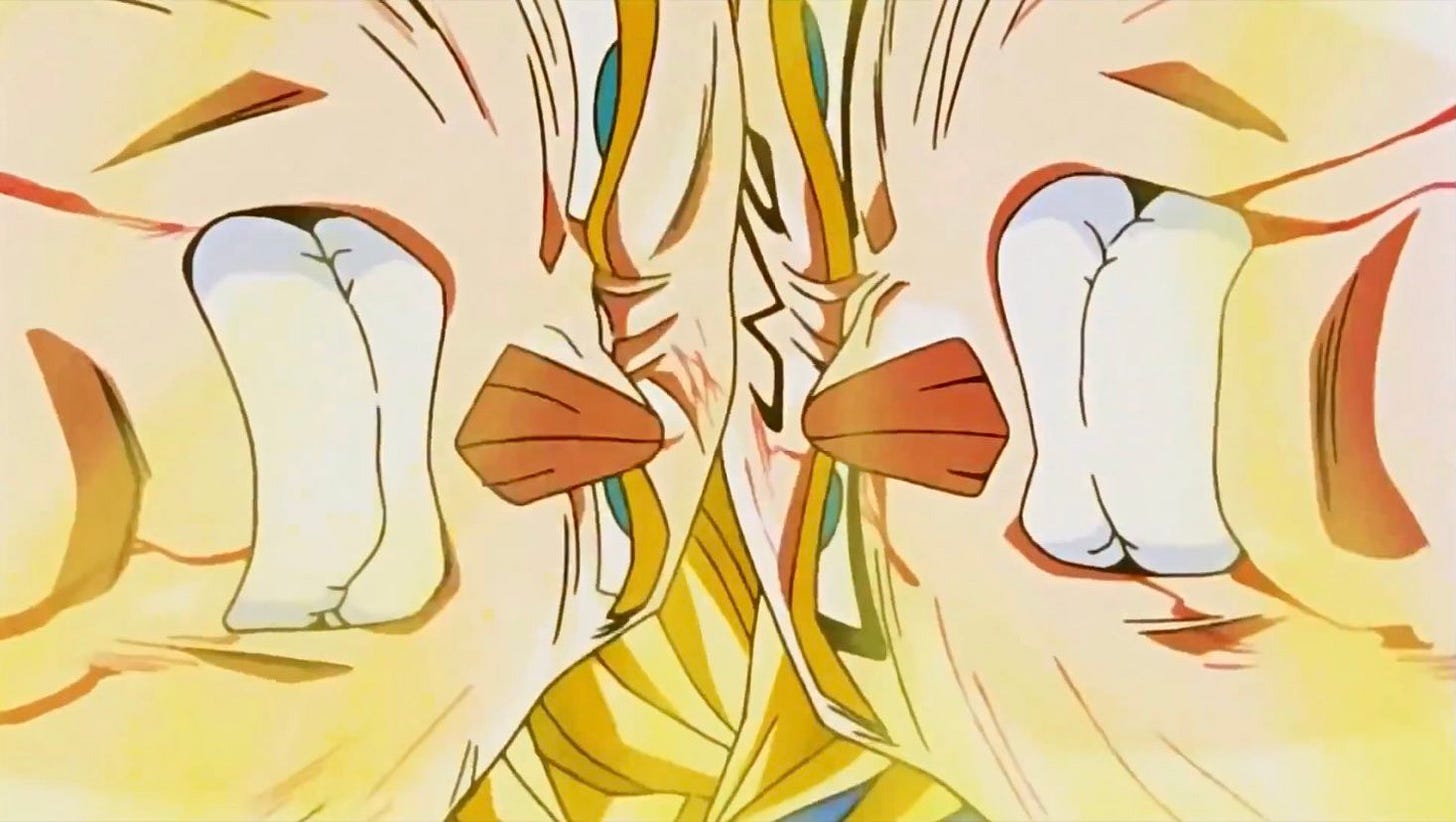
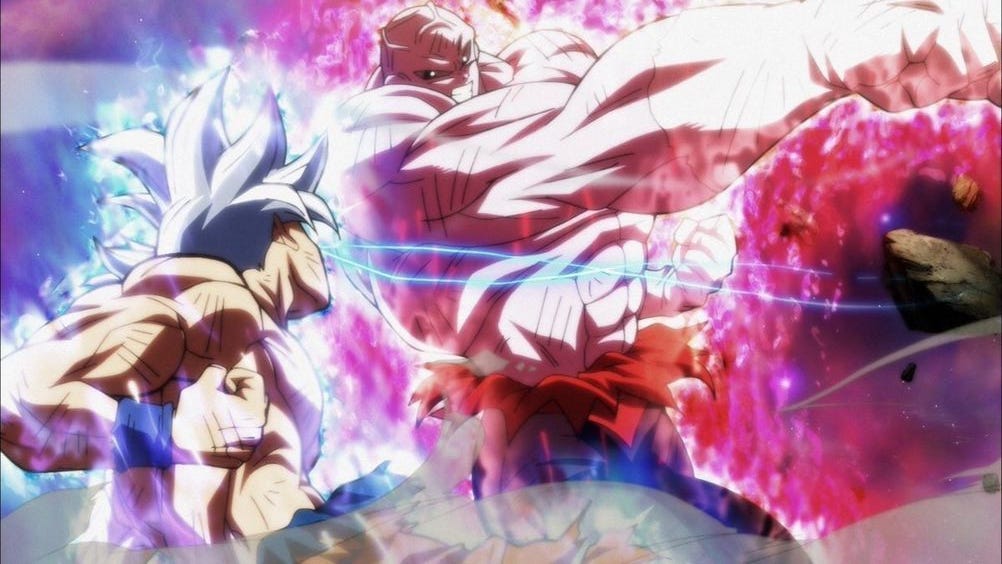
Great post! Saitama beats Goku though, with the power of comedy rules.
I think powerscaling is important for the same reason that knowing the rules of a magic system is important. We need to know what a character is capable of/what they can't do in order to follow the story and have a clear sense of the stakes